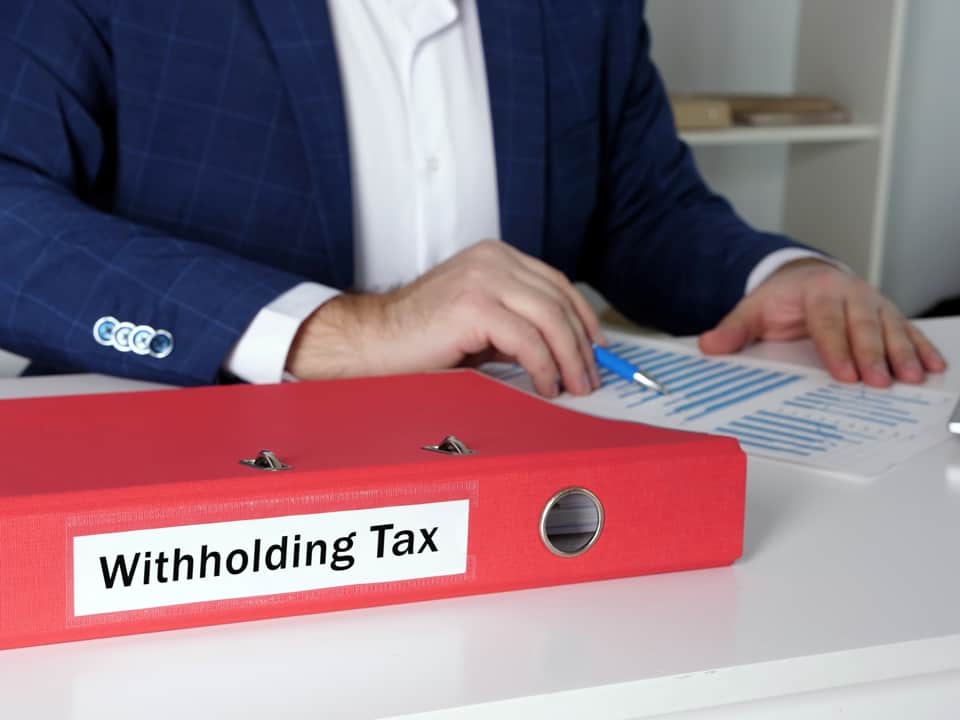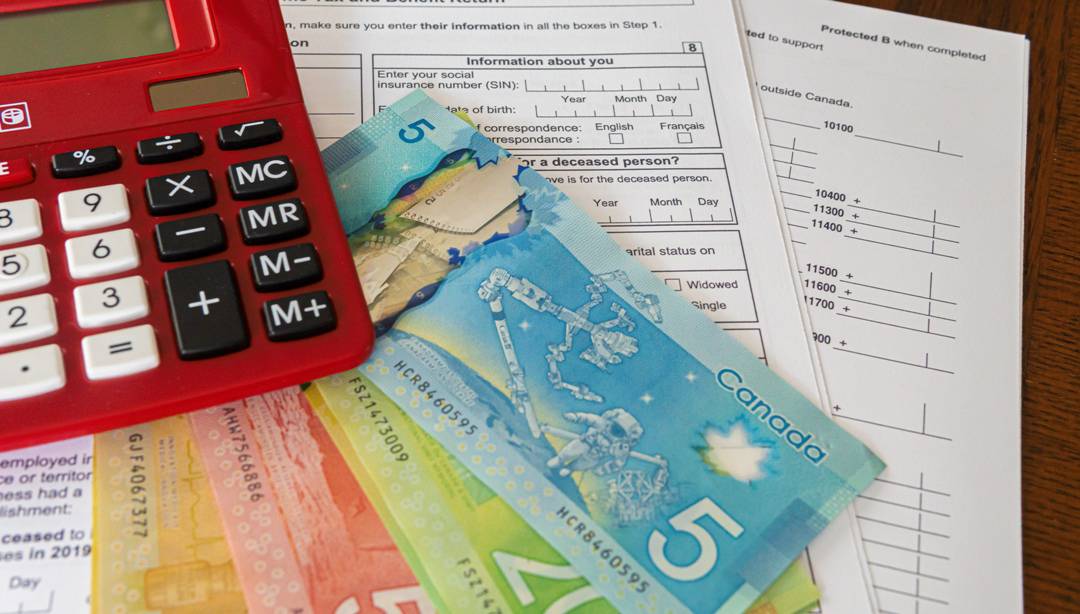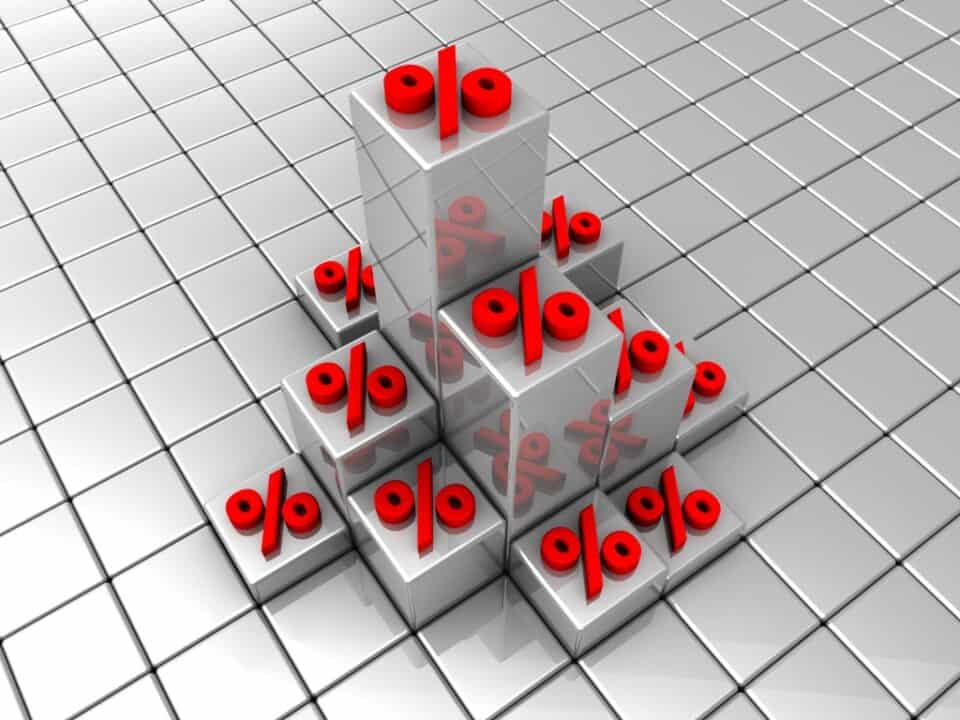The current retirement age in Canada is 65. With a constantly increasing life expectancy and the high cost of living in Canada, it is no surprise that many Canadians consider saving for retirement a top priority.
A Registered Retirement Savings Plan (RRSP) is one of the most popular ways to save for retirement. Backed by the government of Canada, it is a great way of meeting both your long-term and short-term savings goals.
Short term, Canada RRSPs have the potential to provide you with a tax reduction when you file your taxes each year. Paying lower tax rates will give you more expendable income or allow you to save more money overall.
The balance of your RRSP will also grow tax-free until you withdraw your balance. The benefit of this is that an older person who is retired is more likely to be in a lower tax bracket, resulting in them paying less tax when they make a withdrawal. This can help to keep your account balance at a maximum and provide you with more savings.
Many people do not consider the withdrawal tax when calculating their finances. Whether you are withdrawing early or waiting until your RRSP expires, you are likely to have tax consequences. Today, we are going to look at the withdrawal taxes related to RRSPs and any advice you can follow to help reduce your tax bill.

Things to Know Before Withdrawing Your RRSP
Even though the best RRSPs can be extremely advantageous tools for saving for your retirement, it is important to consider some important factors before making a withdrawal.
- If you make an early withdrawal, you may have to pay a withholding tax. This amount may differ depending on the value of the withdrawal and your province. You must also declare anything that is withdrawn as income. It is also important to consider that you are likely to lose out on tax-deferred compounding. RRSP contributions compound over time and even a small withdrawal can affect the value of your savings. You will also permanently lose your contribution room.
- You must declare the value of any withdrawal you make as income in that year. This can result in a high bill from the Canada Revenue Agency (CRA).
- You can choose to withdraw your RRSP in different ways. Your options include making a lump sum withdrawal, converting your RRSP to an RRIF and purchasing an annuity.
Taxes on RRSP Withdrawals
Any withdrawals from your RRSP are subject to withholding tax. This is when money is withheld by your financial institution and then passed on to the CRA. The withholding tax varies depending on the amount of your withdrawal and your province. In all provinces except Quebec, your withholding tax rate will be:
- $0-$5,000 = 10%
- $5,000-$15,000 = 20%
- More than $15,000 = 30%
If you live in Quebec, your withholding tax will be lower as provincial tax rates will be applied on top of the withholding rate. The withholding rate for residents of Quebec is:
- $0-$5,000 = 5%
- $5,000-$15,000 = 10%
- More than $15,000 = 15%

The amount that is withheld may not be sufficient to cover the amount you owe. In this situation, you will also be subject to a marginal tax rate. This is a combination of federal and provincial taxes.
When you file your taxes in the year your funds are withdrawn, you must declare the amount of your withdrawal. If your marginal tax rate is higher than your withholding tax rate, you will owe additional money.
Withdrawing RRSP at Retirement Tax
Your RRSP matures on the last calendar day of the year you turn 71. At this point, your RRSP terminates and there is a mandatory withdrawal of your funds. You then have several options available to you:
- You can opt to take out a lump sum amount, subject to a withholding tax of up to 30%.
- You can convert your RRSP into a Registered Retirement Income Fund (RRIF). This will give you a steady income throughout your retirement. It will also save you money, as you do not have to pay a large withholding tax.
- You can use the funds to buy an annuity. This is purchased from an insurance company and guarantees an income plus interest.
- You can choose to withdraw money into a Tax-Free Savings Account (TFSA). You can withdraw money from your TFSA tax-free. Converting from an RRSP to a TFSA could result in only small financial penalties. (learn about RRSP vs TFSA here)
Spousal RRSP Withdrawal Tax
You can contribute to a spouse’s RRSP until the final day of the calendar year they turn 71. When the money is withdrawn, the spousal RRSP holder is the one who is liable to pay the tax. However, if you contribute money and your spouse withdraws this money early, this is added to your taxable income, not theirs.
Early withdrawals include the year the withdrawal is made and the previous three years. You will have to report the subtotal of this amount as income.

RRSP Withholding Tax on Multiple Withdrawals
Making multiple smaller withdrawals over a period of time can be a useful way of paying a lower withholding tax. Financial institutions usually deduct the withholding tax at the time you withdraw funds.
For example, if you make a withdrawal of $10,000 you would pay tax at a rate of 20%. However, if you were to take money out in five increments of $2,000, you would only pay 10%.
However, bear in mind that all the withdrawals you make must be declared on your income tax return. You may then be liable to pay the additional tax.
How Do I Avoid Tax on RRSP Withdrawals?
It is possible to withdraw from an RRSP without needing to pay tax in two circumstances:
- The Home Buyers Plan (HBP)– You can withdraw up to $35,000, or $70,000 for couples, under the federal HBP. These funds can be used towards a down payment on your first home. The government considers you a first-time buyer if you haven’t lived in a home owned by you or your spouse in the previous four years. These funds are considered a loan and the rules state that you must repay the HBP loan within 15 years. Your first repayment will be due two years after the initial withdrawal.
- The Lifelong Learning Plan (LLP)– You can withdraw from your RRSP for education or training for you or your spouse. You can take up to $10,000 per year, with a maximum withdrawal of $20,000. In order to qualify, the education or training must be more than 10 hours per week and must last for a minimum of three months. Any funds that you have withdrawn for your education or the education of your spouse are also considered an RRSP loan. It must be repaid within 10 years, and your first repayment is due five years after the initial loan.
Any withdrawals made under the Home Buyers Plan or the Lifelong Learning Plan will not be added to your income and they will be tax-free. However, if you miss a repayment, the missed amount will be taxed as income.

Do You Have to Pay Taxes on RRSP After 65?
The retirement age in Canada is currently set at 65 years of age. Regardless of your age, you will still have to pay taxes on your RRSP account. If you are looking to withdraw from your RRSP, there are some steps you can take to reduce the amount of tax you will owe and keep your retirement savings as high as possible.
- Calculate how much you can withdraw each year to stay under the next tax bracket.
- Use common tax credits which could help you to avoid paying federal tax on any income up to $19,892.
- Choose when you want to begin receiving your Canada Pension Plan (CPP). Receiving it earlier will result in smaller payments. This may help you to stay in a lower tax bracket when you withdraw your RRSP. You could even reinvest your CPP payments into a savings account.
- Rather than withdrawing all of the funds from an RRSP, consider converting it to an RRIF. This means you will still receive a monthly retirement income without needing to worry about a large bill.
How Much Do You Have to Withdraw from Your RRIF Each Year?
Converting your RRSP into an RRIF is a popular option for many Canadians. Once you convert your balance, you will no longer be able to continue your monthly or yearly contribution. Instead, you will have to begin withdrawing money.
The minimum amount you are required to withdraw is based on your age. If you are below 70 years old, your yearly minimum withdrawal amount will be 5% of your account balance or lower. Each year, this amount will increase. By age 80, your minimum withdrawal amount will be 6.82%. At age 90, this will rise to 11.92%. Aged 95 or older, you need to withdraw 20% of your account value annually.

The Hidden Costs of Early RRSP Withdrawals
Choosing to withdraw money from your RRSP early can come with some financial implications.
- You will need to pay a withholding tax. Depending on your province of residence, you may also be subject to provincial tax.
- You may have to pay more income tax in the year the money was withdrawn.
- Early RRSP withdrawal will result in a permanent loss of the contribution room you used to make your initial contribution. The contribution room can increase the value of your RRSP.
- You can lose out on tax-deferred compounding. This could impact the amount of money that accumulates in your RRSP.
Keep in mind that if you are in a locked-in plan, the rules stipulate that you cannot make an early withdrawal from your RRSP. Seek advice from your financial institution or a government adviser if you are unsure.
The Bottom Line
Withdrawing money from your RRSP can have financial implications. The RRSP withdrawal tax will be automatically withheld by your financial institution. However, you will also need to declare the funds that have been withdrawn when you declare your taxable income. This means you may owe more money in your annual taxes.
Once RRSPs reach maturity, you can choose to convert them to an RRIF or use the withdrawn funds to buy an annuity. Both of these options will help you to avoid owing a high withdrawal tax. If you choose to withdraw funds in one lump sum, your taxable income for that year is likely to be high and you may find you owe 30% in tax.